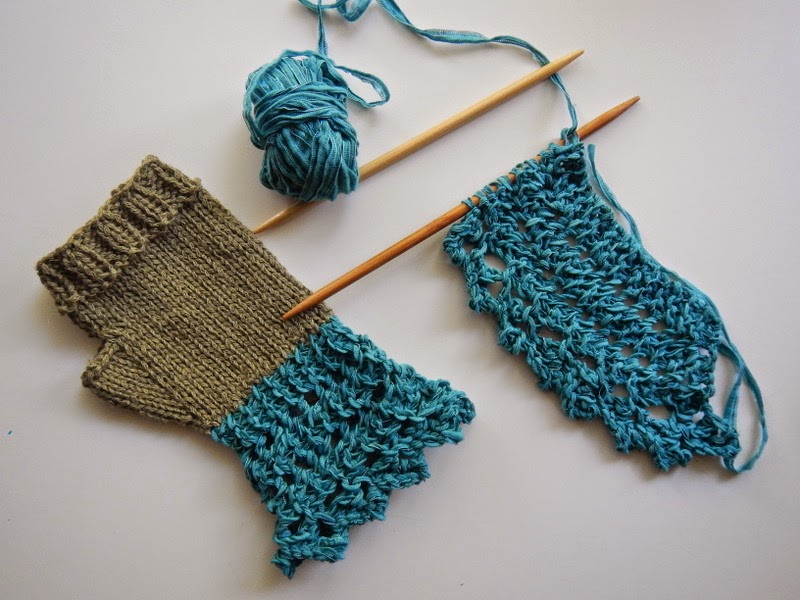In my earlier post we talked about the pattern, now let's get started with the fun stuff...sewing!
First you need to pull out your pattern and find your pieces. Follow the diagram for your letter choice -- I'm doing the tunic so I need to cut out C pieces, but I'm doing short sleeves so I'll follow B sleeves. So I need pieces 1,2, 5 & 6 size 12. Locate and cut out your pattern pieces. If you see the triangle on the line cut a triangle to mirror.
Lay all of your pattern pieces out on your prepped fabric. Follow the layout diagram in your directions. You will pin these to the WRONG side of the fabric, match the pattern to the fold where indicated. Some of the pattern pieces are laid out right side some are wrong side. There is a guide in the directions to follow if your pieces are shaded.
Next grab your fabric shears and cut out the fabric pieces. Remember to cut your notches. These are areas in the pattern that you need to align .
Once everything is cut out, you need to see if there are any special markings you need to transfer to your cut fabric pieces. In this case it is the pleats. The easiest way I found to transfer these markings to my fabric was to use pins. Place a pin at the beginning and the ending of the line......
then fold the fabric back and mark where this pin is. Use you pencil to draw a line connecting these dots. Continue and mark all of the pleats on each side of your fabric.
I guess you will need these lines to sew your pleats...we will find out later in the pattern.
Next, the directions tell you to sew stay stitching. This had me stumped...I had to turn to Google to read about it. Basically, it is a sewn line that holds the neckline in shape so it doesn't stretch out when sewing your neck band. Sew this 1/4" from the edge on the right side
Next, join shoulder and underarm seams, wrong sides together and match up your notches. The pattern mentions to finish the edges. I used a short zigzag stitch and sewed both together and pressed my seams to one side.
Next comes the neckline. This section was a total mystery to me when I initially read through the pattern. Take your time here and read through the directions slowly you will see that it all comes together if your take it one step at a time.
Take your bias tape, open one end up and iron it flat...be gentle you still want that crease line. This is what you will eventually use as a guide when sewing. Fold back the end of the tape 1/2" and start on one shoulder and pin to your neckline. Now if you were really good when sewing your stay stitches at 1/4" from the edge, you will notice that the edge of the bias tape butts up against this line since you are to sew it in with a 3/8" seam. Ease the tape around the neckline, pinning into place on the right side of your fabric with the raw edge toward the edge of your fabric.
Take to your machine and sew in the crease on the tape.
Fold the bias tape up and over to the wrong side of the fabric and iron in place. Now the directions here tell you to hand baste in place.
Instead, I set my machine to a long stitch length and stitched along the edge of the bias tape on the wrong side.
Turn your piece to the right side, set your machine stitch length back to 'normal' and sew right next to that line on the inside toward the edge of the fabric. Grab your seam ripper and simply rip out the baste line. Stand back and admire your work! Yes, pat yourself on the back...I did!
Up next, continuing on the pattern. Soon we will have amazing FO's to wear and learned a bunch of new skills along the way.














































